Based on a historical investigation and a speculative projection, Ferdinandea recounts the emergence and disappearance of the volcanic island in a multimedia installation combining 16 mm films, videos, 3D simulations, historical documents and photographs. At the end of June 1831, the inhabitants of Kélibia, on the Tunisian coast, and Sciacca, a small town in southwest Sicily, witnessed alarming signs. An initial seismic tremor sank a number of boats in the area. The atmosphere is invaded by sulfur fumes, silverware takes on the appearance of copper and the whitewashed walls of villages and churches turn ochre. An underwater volcano, located between Sicily, Tunisia and Libya, has just erupted, giving rise to a small, arid island made of ash. The short-lived island is given many names: "Île Julia' in France, "Graham' in England and, in the Kingdom of the Two Sicilies, it takes the name of the reigning monarch, Ferdinand II de Bourbon. Ferdinandea soon attracted the attention of both the scientific and political worlds–;European powers were keen to lay claim to its strategic position. Today, Ferdinandea lies eight meters beneath the waves, at the crossroads of Europe and the Arab world. But it could resurface at any moment as a result of new seismic activity, triggering further geopolitical manoeuvres. The island provides a scientific and aesthetic testing ground for artist Clément Cogitore. Videographer, visual artist, storyteller and filmmaker, Cogitore uses this historical and geological phenomenon as the starting point for an experimental fiction. Based on a historical investigation and a speculative projection, Ferdinandea recounts the emergence and disappearance of the volcanic island in a multimedia installation combining 16 mm films, videos, 3D simulations, historical documents and photographs. The work will be presented at the Mucem this autumn, accompanied by a publication conceived in close collaboration with the artist: the three filmic narratives are rendered page by page on creative papers of varying grammages to sensitively immerse the reader in the artist's universe. With views of underwater dives, archival documents, clouds of slag and multiple voices from the soundtracks, the book invites the reader on a dreamlike, metaphorical journey. Conceived as an artist's book, Ferdinandea unfolds the narrative of a utopia/dystopia. In this dystopian journey, Clément Cogitore invited writer Tristan Garcia to write an unpublished short story about the island. Placed at the heart of the book, it underlines the hybrid nature of the work. A scientific apparatus with essays signed by the curators of the exhibition approaches the singular work of a major artist on the contemporary scene from different angles.
